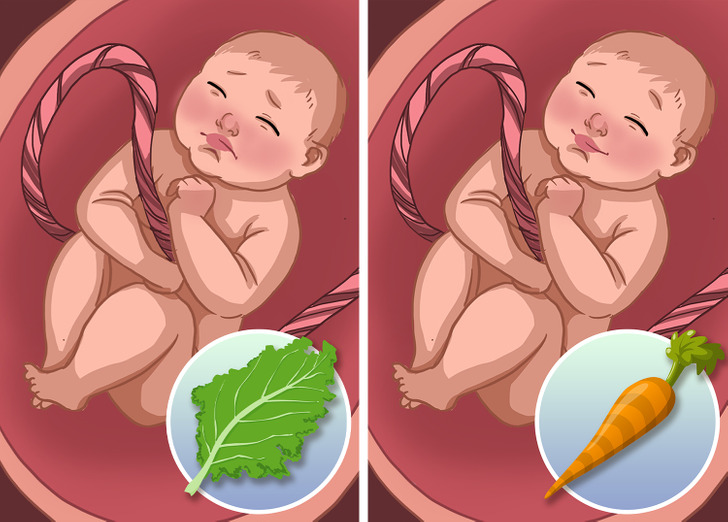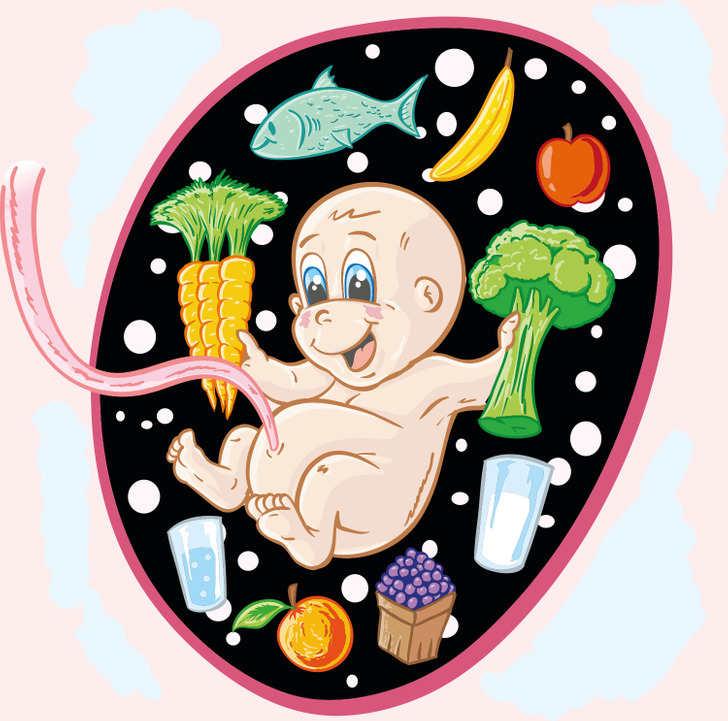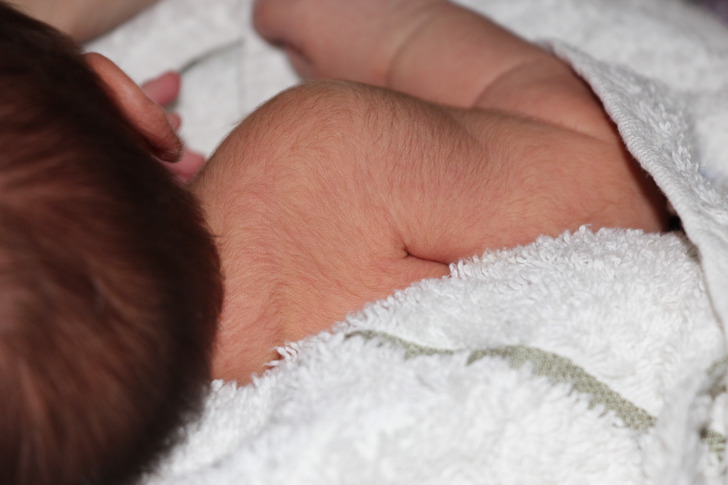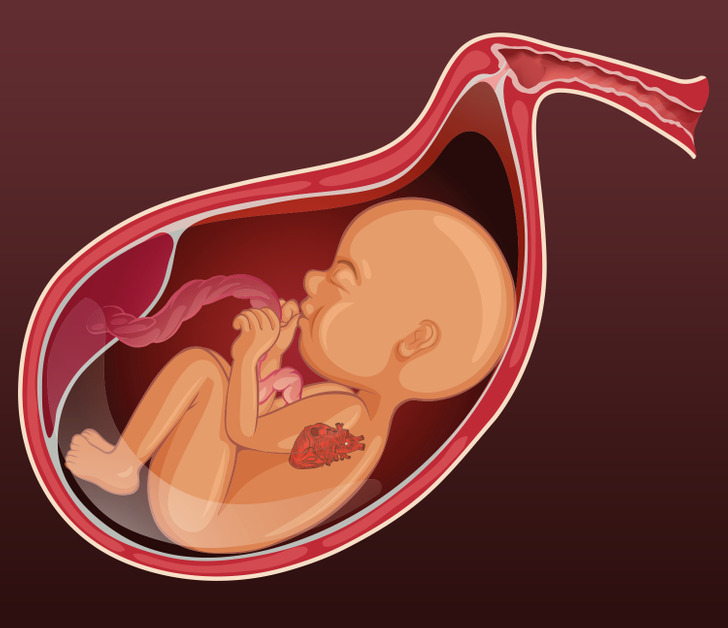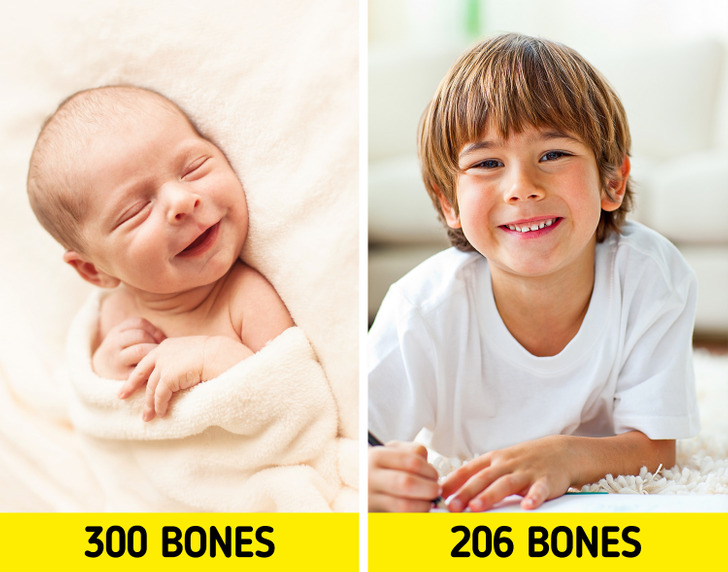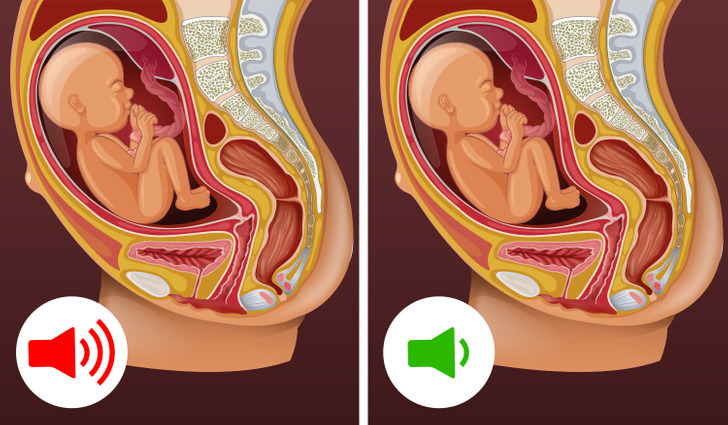text
7 Mind-Blowing Facts About Unborn Babies Not Many People Know
Babies don’t become full humans only after they are born, but they are already formed while they are inside their mothers’ wombs. For example, in a recent study, fetuses were monitored while they were in their mothers’ bellies. Their responses to certain foods were photographed, and they even smiled when they liked certain foods and frowned when they disliked something. This means that they have the ability to feel, taste, and even listen and respond to certain things.
They respond to different foods.
In a study, mothers ranging from the thirty-second to the thirty-sixth week of gestation participated, and one of the foods they were given to eat was kale. Their babies didn’t seem to enjoy this choice though since they would raise the upper lip, press both lips, and make crying faces. The scientists used 4D ultrasound scans to capture the fetuses’ reactions, and they couldn’t be more clear about their feelings about kale.
When the mothers were given carrots and carrot juice, the babies showed a completely different reaction. They would pull the corners of their lips and make a laughing face, something that showed they were enjoying the taste. This distinction between flavors was all the proof scientists needed to show that fetuses do understand different flavors from the belly.
The reason they think carrots were more favorable is because of their sweeter taste. It’s higher in sugar content, and it can sometimes feel like it has a “fruity” taste. On the other hand, kale is more bitter and that is solely the reason it was chosen for this experiment.
When fetuses start having taste buds
A fetus’s ability to understand flavors begins to form at 8 weeks of gestation, and that’s when their taste buds start to form. They swallow between 3/4 to 4 cups of amniotic fluid daily, and this is where all the flavors from the mother’s diet come from. Things like sugar, amino acids, proteins, salt, and fatty acids are all included in the fluid that a baby consumes. This is why a baby has already formed preferences long before they are born and start eating solids.
They are hairy while in the womb.
It’s called lanugo, and it is a very thin layer of hair that covers a fetus’s whole body and even its face, creating something that looks like a mustache. This hair won’t stay on their bodies for too long, as most of it will disappear right before birth. The same hair appears on other species, like elephants, whales, and seals. The only difference is that these species keep their fur even after they’re born.
Their heart starts beating at 5 weeks and goes pretty fast.
A baby’s heart starts beating after 5-6 weeks, and its size isn’t any bigger than the head of a pin. It will take about 10 weeks for the heart to be fully formed, and its rate is between 110-160 beats per minute. It’s quite interesting that toward the end of a pregnancy, female fetuses’ hearts beat faster than male hearts.
They yawn, cry, and urinate.
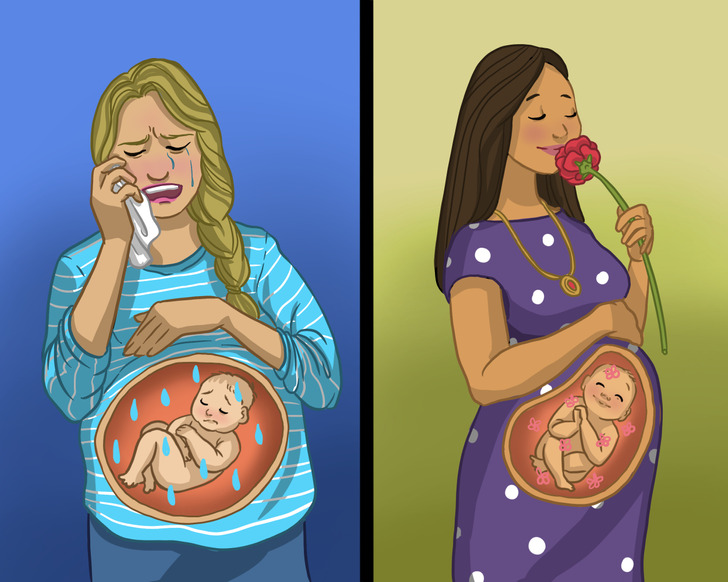
There have been ultrasounds where doctors noticed that fetuses opened their mouths in the same way that people yawn. This action can first be noticed at 24 weeks, but by the thirty-sixth week, it seems to completely disappear. At the same time that they first yawn, they also start to cry. While we can’t hear them crying, movements like quivering the chin, moving the mouth, and opening the jaw are all indications of this action.
Additionally, many researchers say that fetuses start urinating in the womb somewhere between the ninth and sixteenth week. Once they have matured a bit, they start producing 500-700 milliliters of urine per day. And if you’re wondering where this urine goes, you should know that it stays right inside the amniotic fluid.
They are born with 50% more bones than adults.
It’s true that babies inside the womb have 300 bones at the moment they’re born. As they keep growing, many of these bones will start fusing together and reach the number of 206. These almost 100 extra bones aren’t actually bones, but mostly cartilage that will eventually fuse with the actual bones. And this cartilage is the soft tissue that’s present throughout a baby’s body and can be seen primarily behind their necks where they’re usually very soft.
Loud noises can negatively affect their hearing.
At around 18 weeks after fertilization, the ears of the fetus start to grow out and may be able to hear exterior sounds. By the time the fetus is 6 months old, it will be able to turn every time it hears a sound. While hearing loud noises, like music and sirens, now and then is safe, being exposed to them all the time can be harmful. This means that pregnant women should keep sounds below 115 decibels if they want their baby’s hearing to be healthy.
Isn’t it fascinating how babies understand so many things from such an early stage? What has been your experience with pregnancy, and do you plan on having any more babies?
Comments
One of life miraculous things.
Related Reads
17 Families Whose Mornings Start With a Good Dose of Humor

14 People Who Know What Being a Good Dad Is Really Like

13 Workplace Dramas That Outdo Any Soap Opera

14 People Who Had to Stop and Rethink Their Family’s Whole Past

12 True Stories That Get Creepier and Creepier

12 Real Stories of People Who Were Left at the Altar

12 People Whose Jobs Come With More Plot Twists Than a Thriller

My Sister-in-Law Secretly Performed a DNA Test on My Toddler

Pierce Brosnan’s Wife Stuns People With Her Transformation During Her Latest Appearance

I Kicked All My Bridesmaids Out of My Wedding and I Don’t Want to See Them Ever Again

8 People Who Experienced Eerie Things That Are Too Hard to Grasp

14 Discoveries That Turned Out to Be More Brutal Than People Thought

